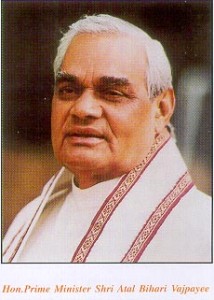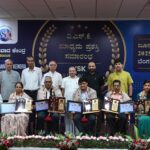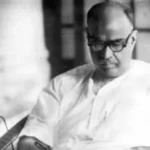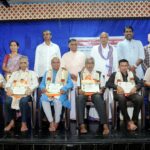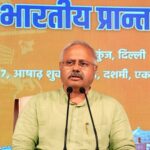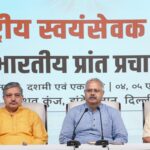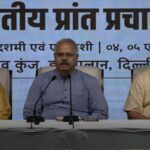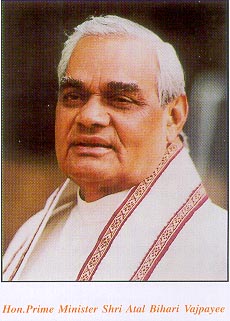
New Delhi: The Supreme Court on Feb 28 asked the Centre to set up a committee to plan implementation of the project to interlink rivers, which was a brainchild of the NDA government under then prime minister Atal Bihari Vajpayee.
The Peninsular component — involving rivers in southern India – involved diversion of surplus waters of the Mahanadi and Godavari to the Pennar, Krishna, Vaigai and Cauvery. The Himalayan component envisaged building storage reservoirs on the Ganga and the Brahmaputra and their main tributaries, both in India and Nepal, to conserve monsoon waters for irrigation and generation of hydro-power, besides checking floods.
The task force had identified 14 links, including Kosi-Ghagra, Kosi-Mech, Ghagra-Yamuna, Gandak-Ganga, Yamuna-Rajasthan, Rajasthan-Sabarmati, Sarda-Yamuna, Farakka-Sunderbans, Brahmaputra-Ganga, Subernarekha-Mahanadi, and Ganga-Damodar-Subernarekha.
Noting that further delay would only make the project, meant to fight drought, even more expensive, a three-judge bench led by Chief Justice of India S H Kapadia asked the centre and state governments concerned to participate in the planning. “We direct the Union of India to forthwith constitute a committee for interlinking of rivers,” the bench said.
The fate of the ambitious Rs 5,00,000 crore project proposing the linking of rivers by 2016 has remained a virtual non-starter. The detailed project report is in cold storage.
The bench, also comprising Justices Swatanter Kumar and A K Patnaik, sought a committee comprising representatives from various government departments and ministries, as well as experts and social activists, to chart out the plan.
The panel may have the union minister for water resources, environment secretary and four experts appointed by the water resources ministry, finance ministry, Planning Commission and the ministry of environment and forests.
It shall also have representatives of state governments, two social activists and senior advocate Ranjit Kumar, amicus in the case before the Supreme Court.
At an earlier hearing, the bench had said it may not favour the project if it means a huge financial burden.
“My concern is only about what is the financial liability of the project. We want to make it clear that we would not pass an order on it if it causes huge financial burden,” the three-judge bench had then observed. It had directed Ranjit Kumar to file a report on the financial viability, asking him to find out the cost of networking as well as whether land would have to be acquired for the same.
A Centre-appointed task force had earlier submitted a report recommending division of the project into two — the Peninsular component and the Himalayan component.
The Peninsular component — involving rivers in southern India – involved diversion of surplus waters of the Mahanadi and Godavari to the Pennar, Krishna, Vaigai and Cauvery. The Himalayan component envisaged building storage reservoirs on the Ganga and the Brahmaputra and their main tributaries, both in India and Nepal, to conserve monsoon waters for irrigation and generation of hydro-power, besides checking floods.
The task force had identified 14 links, including Kosi-Ghagra, Kosi-Mech, Ghagra-Yamuna, Gandak-Ganga, Yamuna-Rajasthan, Rajasthan-Sabarmati, Sarda-Yamuna, Farakka-Sunderbans, Brahmaputra-Ganga, Subernarekha-Mahanadi, and Ganga-Damodar-Subernarekha.
The task force had concluded that the linking of rivers would raise irrigation potential to 160 million hectares for all types of crops by 2050, compared to a maximum of about 140 million hectares that could be generated through conventional sources of irrigation.
Source: http://www.indianexpress.com/news/sc-asks-centre-to-set-up-panel-to-plan-interlinking-of-rivers/917610/2
